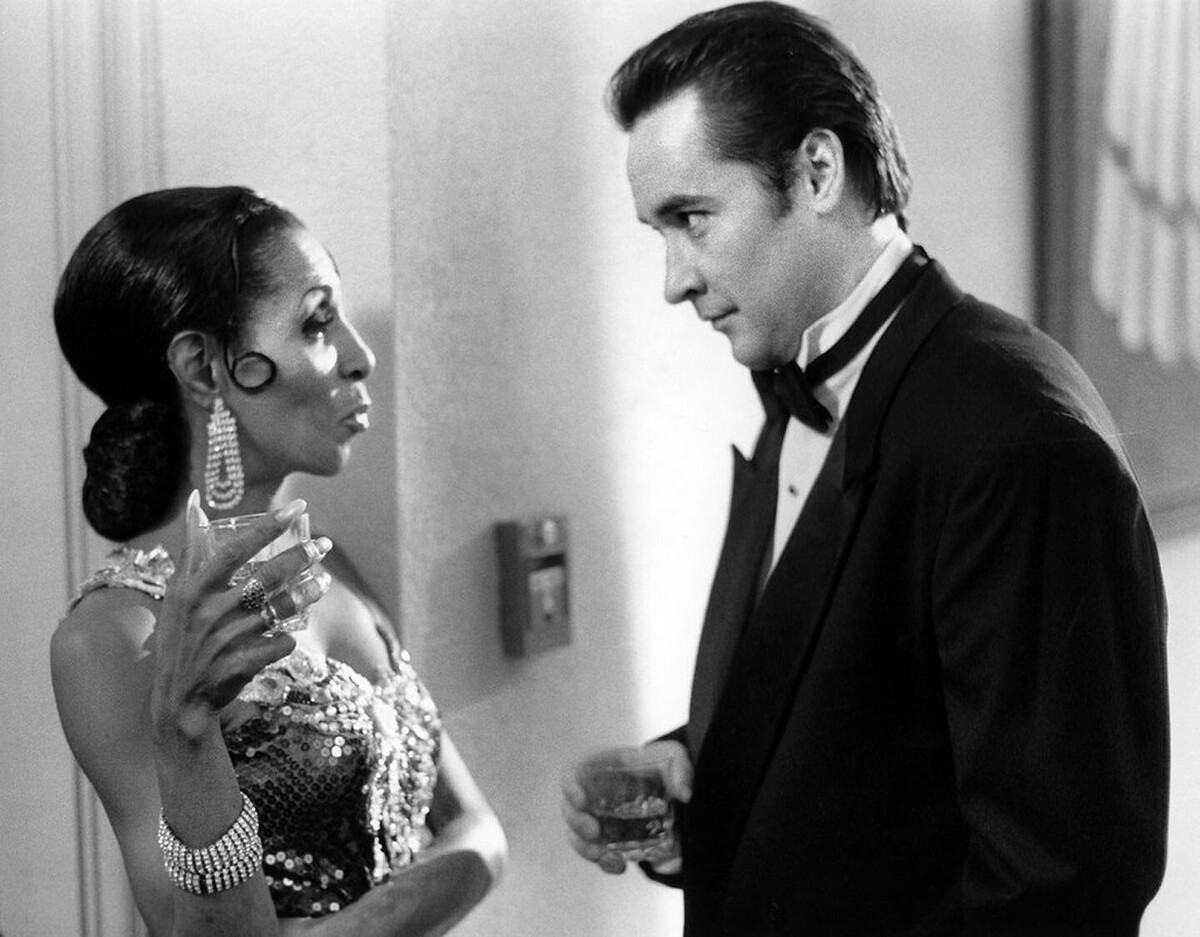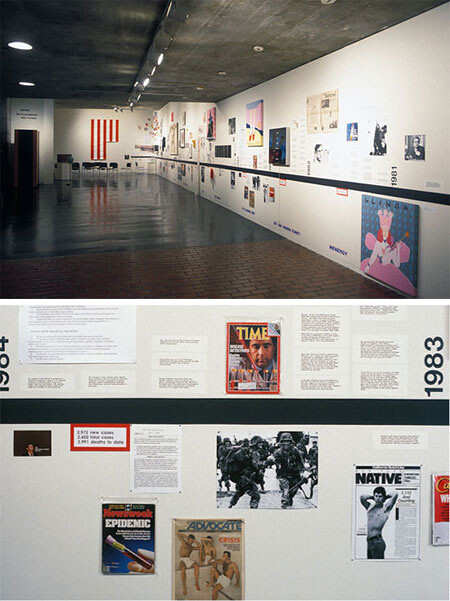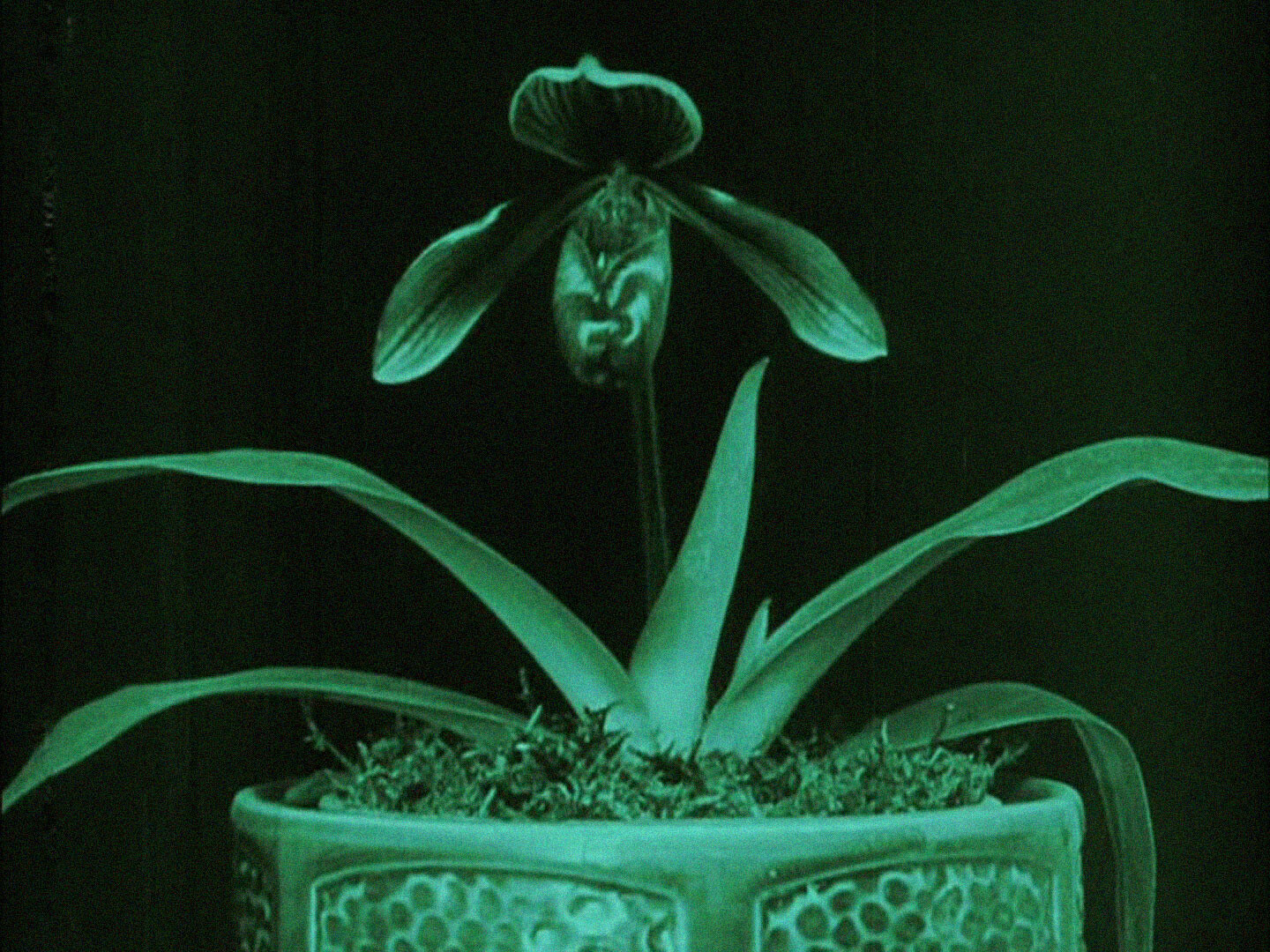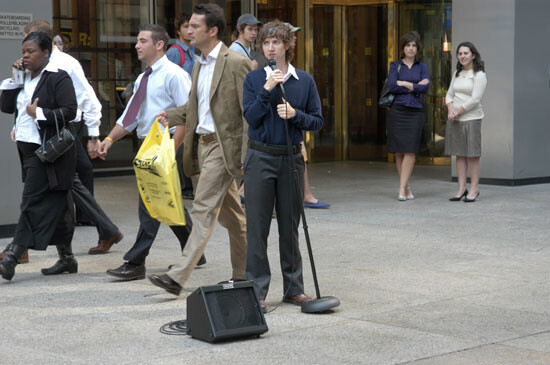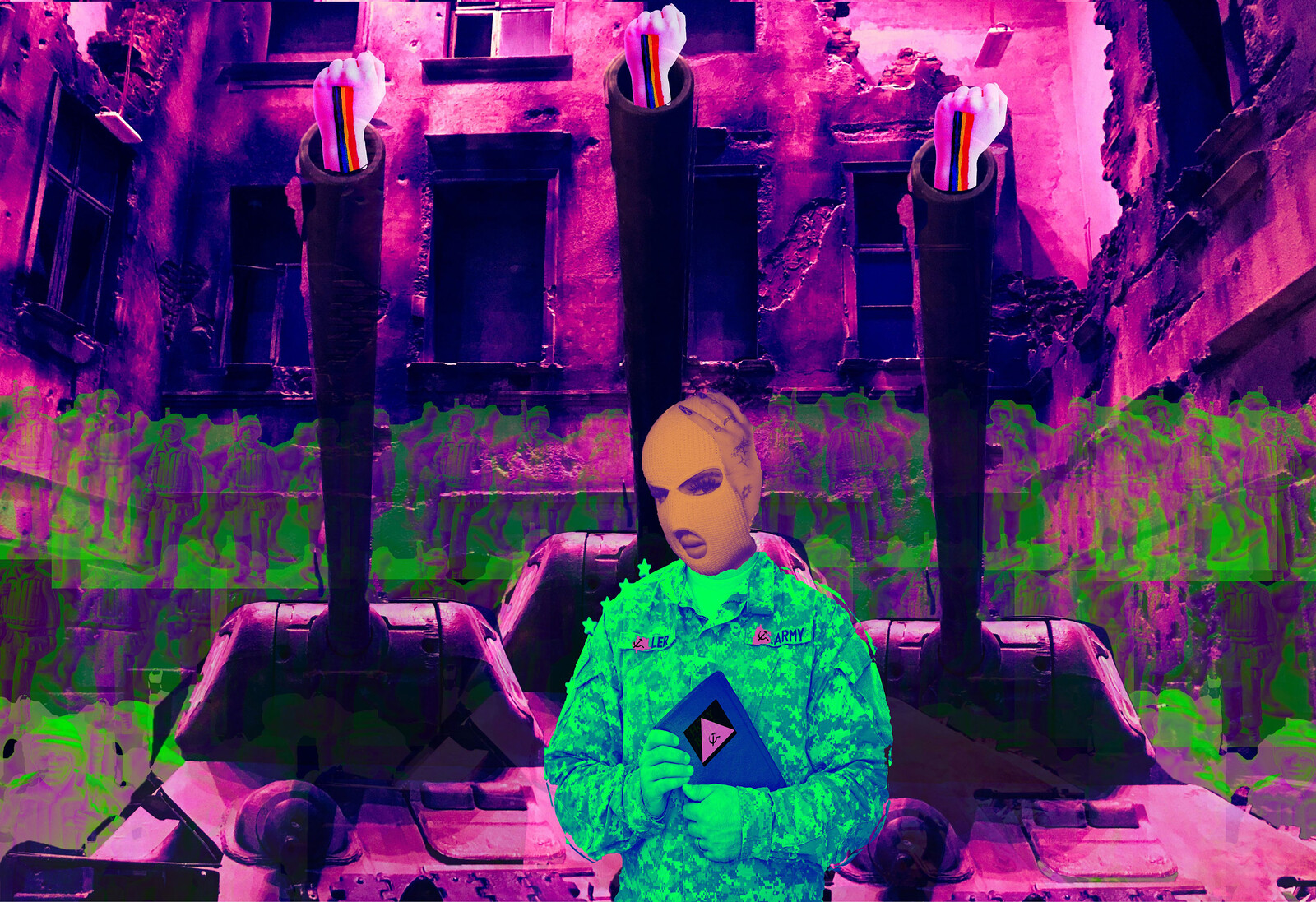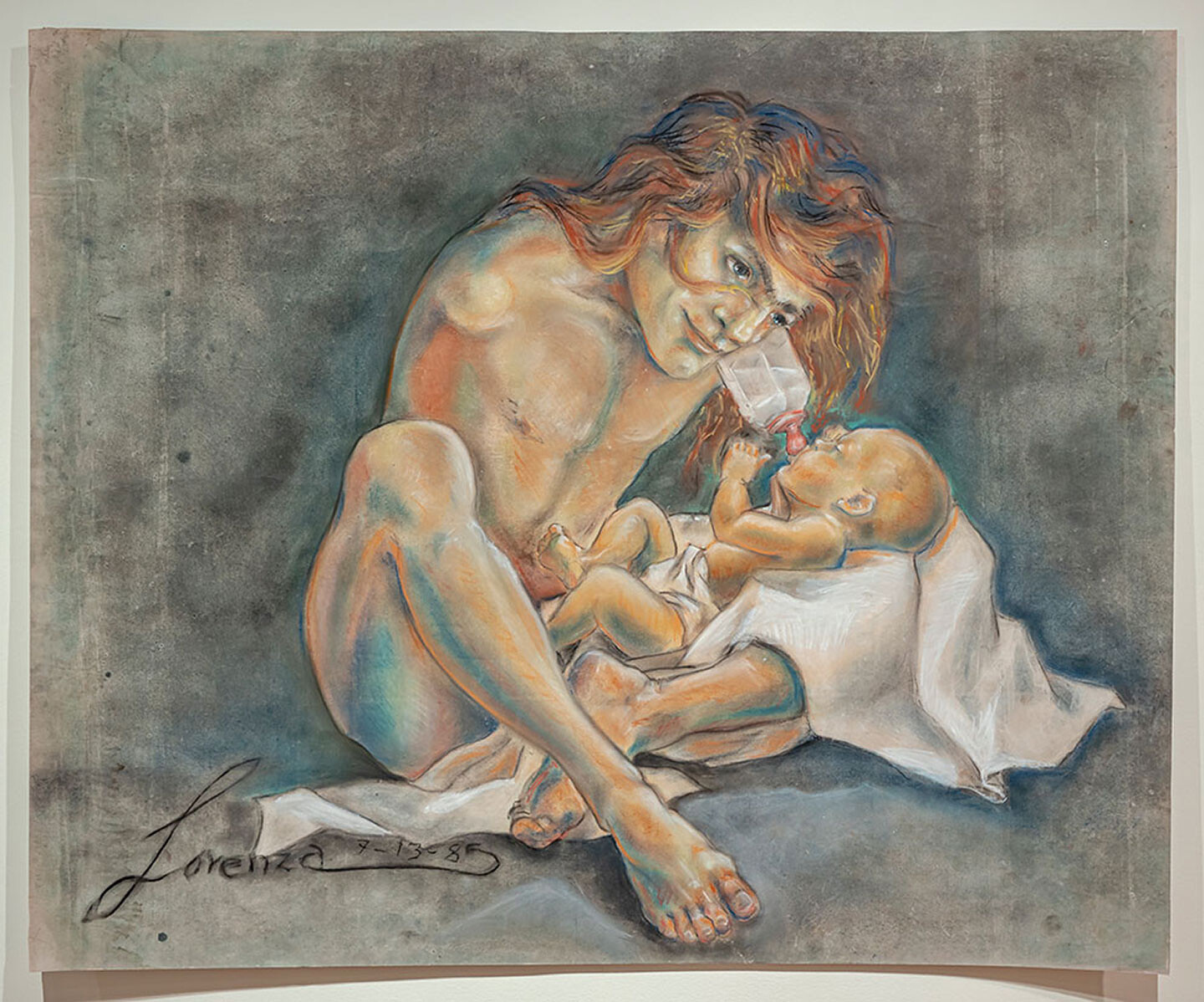I want to focus not so much on the male gaze, but on the cis gaze—a looking that harbors anxiety about the slippages and transformations between genders, but which also harbors desires for those transitions as well. I don’t want to think from the point of view of this dominating, controlling, and yet fragile cis perspective, nor even to critique it. I want to think, and feel, and imagine from outside of it.
Industry Queer
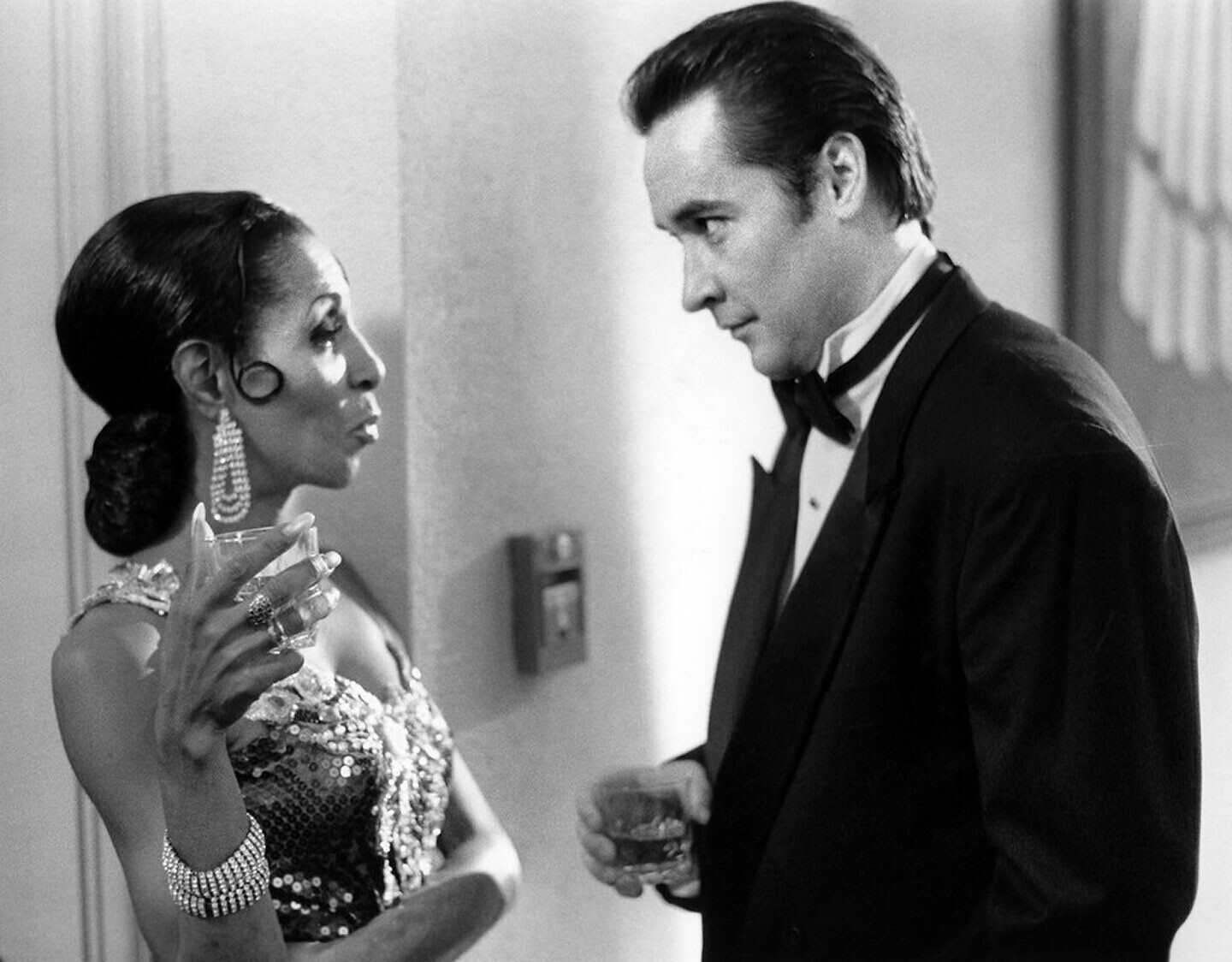

Queerness today increasingly is an exercise in branding. Commonly, LGBTQIA+ politics have been totally declawed, tokenized, institutionalized, screen-washed, and policed: and LGBT politics around the world have been affected through western cultural imperialist soft powers. How might we take queerness back to something unarticulated, anti-capitalist, non-academic, and mutual aid-centered? Technological and neoliberalist advancements have made queerness a tool for narrative control, social clout, and surveillance. LGBT bodies posess record screen-time, but at the same time, also are statistics in rising rates of intersectional discrimination and governmental sanctioned harm. As they say: that’s just the industry, baby. What happens if queer bodies fled circulation instead of appearing more on screen?
We tell ourselves stories in order to live, but what if these stories are too pulpy? The word “dissociation” is increasingly used to describe episodes in which feeling doesn’t feel like feeling, in which it can’t sufficiently get across the effects of personhood on the one hand and reality on the other.
The photographs I am devoted to are not merely set to disappear in their time capsules; they wait for viewers, ready to wrestle through the now and future nows. “Lesbian photography” has learned how to orbit through inhospitable dominant cultures, through normalizing forces that have always wanted to deny the presence of an image culture rooted in anti-hierarchical and anti-capitalist practices of self-determination. Restraining myself from the fuzziness of nostalgia, I acknowledge that “lesbian photography” is simultaneously not immune from creating and perpetuating inhospitable cultures. Yet a lustful ekphrasis makes space for minutia as opposed to absolutes and leaves space for conflict and imagination while contending with an overwhelming loss and conflict of information.
The word “pretty” is pretty trans. The sense of the pretty as duplicitous connects to a particularly hostile attitude to trans women: that we are traps. That our pretty faces and bodies might hide dick. (The full Freudian catastrophe.) But what if this sense of the pretty was reversible? Perhaps what is pretty is not trying to hide anything. Perhaps what is pretty is instead displacing this whole idea of appearances as a cover for some essence. Perhaps what is pretty need not be seen as hiding something, as damaged goods, but as a gift, as offering the possibility of stepping outside of exchange value.
The mediated, sentient, and intelligent plant potentially invites us to think about nature, plants, technology, and ourselves-as-humans in different ways. As plants in particular are revealed as agentic, intentional beings, the mediated plant potentially invites us to develop more caring, attentive, and communicative attitudes toward the vegetal. In this way, the mediated plant can push us forward in the urgent “struggle to think differently” that Val Plumwood called us to join. Perhaps the mediated, sentient, intelligent plant can help us to queer nature, to queer botanics, to queer ourselves-as-humans as we “go onwards in a different mode of humanity.” But why to queer? Why not “simply” to “decolonize”?
Za’atar, the most widely used herb in any Palestinian (or Levantine) kitchen, was the first edible plant to be red-listed in Israeli law books. It was 1977 when Israel’s then minister of agriculture, Ariel Sharon, declared it a protected species, effectively placing a total ban on the tradition of collection, punishable by hefty fines and up to three years in prison. There were no official scientific studies published to legitimize the ban; rather, it was presented as a “gut” decision. Rumor has it that Sharon caught onto the symbolic value of za’atar after the 1976 siege of Tel al-Za’atar, Arabic for “thyme hill.” This Palestinian refugee camp, established north of Beirut in 1948, suffered one of the worst massacres of the Lebanese Civil War in a battle fought between the armed factions of the PLO and the Christian Lebanese Militia—the very same phalangist militia with whom Sharon would form an alliance in the 1982 massacre of Sabra and Shatila.
The order of libidinal agriculture is the order of neoliberal totalitarianism in disguise. The couple form may look like a plot of land for individual use. But really it is an industrial production site for all sorts of capital (financial, cultural, social, emotional, etc.).
let us investigate the notion of art after the end of the world, and the two figures this proposition conjures up: the figure of the post-, something after the event; and the figure of the main event itself, the end of the world, or if you will, the apocalypse. If there is to be something like art after the apocalypse, this would mean that something is still present, in whatever form, or that something is still being presented and produced, and possibly made public, whether as a form of signification or de-signification. That something (i.e., art) has a meaning or being after the end of the world, whether symbolically or in actuality. Let us first investigate the latter: that the world has in fact ended, but there is still art, still cultural production. By whom is it produced if the world has ended? What could it possibly mean, moreover, to produce art and culture after the end of the world, and thus, presumably, after the end of both the natural and the cultural world, of both bios and zoë, as it were? Would there still be life, or even afterlife, at all? What would it mean to be alive after the end, either as survival or beyond death? Would such a subject still be human, or perhaps rather inhuman or even post-human? In any case, the suggestion of an art after the end of the world implies that there is someone around after the end, whether as producer or receiver: that there is transmission of some sort or another, intentional or unintentional.
These days, “fem” has come to be used as a synonym for conventional femininity, and “queer” has come to mean “lesbian, gay, and bisexual” in a spicier tone of voice. This draining of political meaning from words we’ve called home has affected trans worlds less deeply than cis ones up to this point, but it is underway among us as well.
